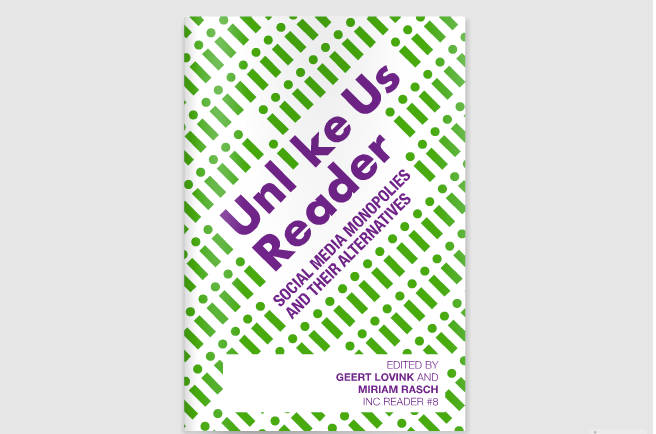Mit „Protest und Beteiligung“ ist eine gerade eine sehr lesenswerte neue Ausgabe von Aus Politik und Zeitgeschichte (APuZ 25–26/2012) erschienen. Aus dem Editorial: “Die Welt begehrt auf”, titelte eine deutsche Zeitung im Oktober 2011. Im Fokus standen Schauplätze der Occupy-Bewegung, des “Arabischen Frühlings” und anderer weltweiter sozialer Proteste. Proteste sind Ausdruck für die Unzufriedenheit mit politischen Institutionen, ihren Entscheidungen sowie gesellschaftlichen und sozialen Missständen. Entsprechend richtet sich die Wut vieler Protestierender gegen politische und ökonomische “Eliten”. Erfolg und Misserfolg von Protesten hängen von politischen, gesellschaftlichen, sozialen, kulturellen und organisatorischen Rahmenbedingungen ab. Neben der Frage, wie durchlässig und aufnahmefähig politische Instanzen für gesellschaftliche Kritik sind, spielt hierbei auch die Präsenz, Stärke und Gestaltungsfähigkeit von Zivilgesellschaften eine Rolle.“ Eine Lektüre wert sind insbesondere die Artikel von Dieter Rucht (Massen mobilisieren) sowie von Swen Hutter & Simon Teune (Politik auf der Straße: Deutschlands Protestprofil im Wandel).
Rucht untersucht die Logik der Mobilisierung, kommt allerdings leider lediglich im Ausblick auf neue Medien zu sprechen, die für ihn „Offline-Protest“ lediglich flankieren. Auch bei Rucht wird mal wieder das Missverständnis deutlich, auf das man im Zusammenhang mit Medien-Aktivismus noch immer stößt: dabei wird weiterhin von dem Fehlschluß ausgegangen, Online-Aktivität würde die Präsenz physischer Massen ersetzen wollen: „Die Platzbesetzungen von Kairo, Madrid und Manhattan sowie die in einigen Ländern anhaltenden Wellen von Massenprotesten haben gezeigt, dass die physische Präsenz im öffentlichen Raum nicht durch massenhafte, aber eben auch bequem zu beschaffende Mausklicks zu ersetzen ist.“ (Rucht) Hutter und Teune zeigen hingegen wiesich die Protestlandschaft in den letzten Jahrzehnten verändert hat. Interessant ist dabei, dass die „Politik auf der Straße wird nicht mehr so stark durch die Proteste linker Initiativen und Organisationen geprägt (wird), die bis in die 1980er Jahre hinein deutlich dominierten.“ Stattdessen ist „die Straße dauerhaft und für viele, zunehmend unterschiedliche Menschen ein Ort ist, um sich politisch zu artikulieren“. (Bild: Screenshot Aus Politik und Zeitgeschichte 25–26/2012)
